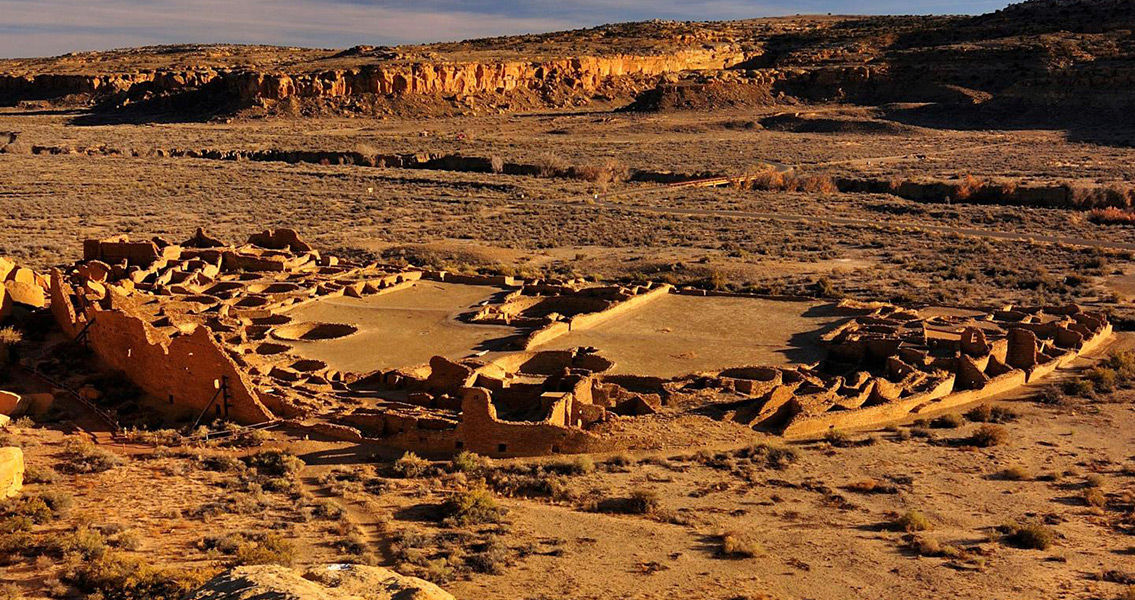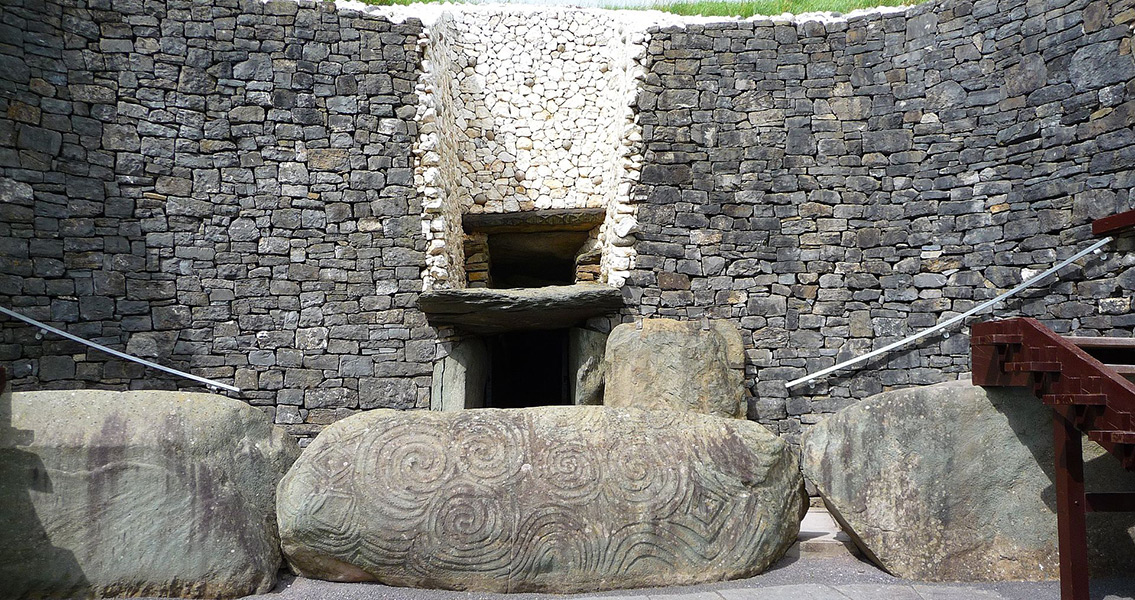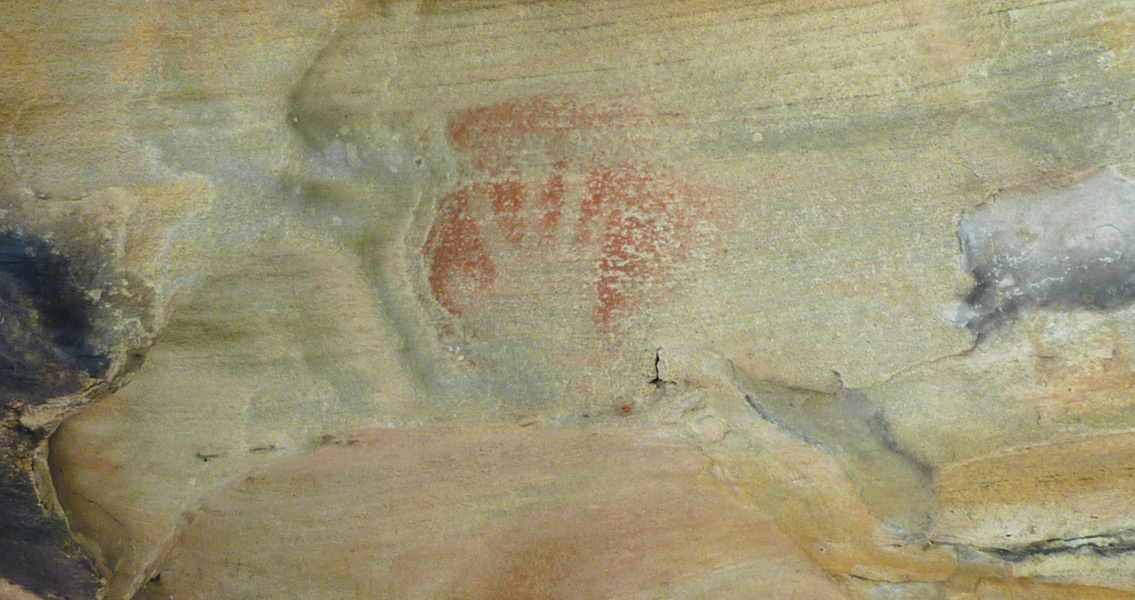Proceedings of the National Academy of Sciences. All of the authors are from Washington State University, and all of them have taken advantage of computational modelling in their archaeological and anthropological studies. A pioneer in the field of model based archaeology, Kohler developed computer based simulations known as agent-based models, of the interactions between peoples in the American Southwest and their environment. He used these to simulate how virtual Pueblo Indian families, living on computer-generated and geographically accurate landscapes, probably would have responded to changes in specific variables like precipitation, population size and resource depletion. Comparing the results of such agent-based models with real archaeological evidence allows anthropologists to identify the conditions and situations that challenged our ancestors, and how successfully they responded to those challenges. Agent-based modelling can also be used to assess the impacts humans had on their environment during periods of climate change. One study mentioned in the PNAS article described how drought, hunting and competition for habitats led to the extinction of many large mammals in Egypt in 3,000 BCE. Meanwhile, d’Alpoim Guedes and Bocinsky are studying the effects of settlement patterns in Tibet on erosion. “Agent-based modeling is like a video game in the sense that you program certain parameters and rules into your simulation and then let your virtual agents play things out to the logical conclusion,” said Crabtree, who completed her Ph.D earlier this year. “It enables us to not only predict the effectiveness of growing different crops and other adaptations but also how human societies can evolve and impact their environment.” Crop niche modelling is perhaps the most significant application of the fusion of computer simulations with traditional archaeological methods, allowing researchers to predict which plants managed to grow in defiance of drought in the past. Bocinsky and d’Alpoim Guedes are using the technique to find forgotten crops from history which could be useful in areas where the food supply is currently affected by disease or drought. They’ve already discovered a strain of drought-tolerant corn the Hopi Indians of Arizona adapted over the centuries to prosper in poor soil. “Our models showed Hopi corn could grow well in the Ethiopian highlands where one of their staple foods, the Ethiopian banana, has been afflicted by emerging pests, disease and blasts of intense heat,” Bocinsky said. “Cultivating Hopi corn and other traditional, drought-resistant crops could become crucial for human survival in other places impacted by climate change.” The WSU researchers have also identified a crop which could be used as an alternative food source on the Tibetan Plateau – a region blighted by rising temperatures which make it difficult for inhabitants to grow their traditional cold weather crops, and breed yaks. In a 2015 paper, Bocinsky and d’Alpoim Guedes found that foxtail and proso millet, which stopped being cultivated on the Plateau 4,000 years ago as the climate cooled, could once again become viable food sources. “These millets are on the verge of becoming forgotten crops,” d’Alpoim Guedes said. “But due to their heat tolerance and high nutritional value, and very low rainfall requirements, they may once again be useful resources for a warmer future.” With so much anthropological data from around the world yet to be digitised, scientists are only just scratching the surface of the insights that could be gleaned from our ancestors, using archaeology based modelling. “The (archaeology) field is in the midst of a renaissance toward more computational approaches,” Kohler said. “Our hope is that combining traditional archaeology fieldwork with data-driven modeling techniques will help us more knowledgeably manage our numbers, our ecosystem interactions and avoid past errors regarding climate change.” ]]>







